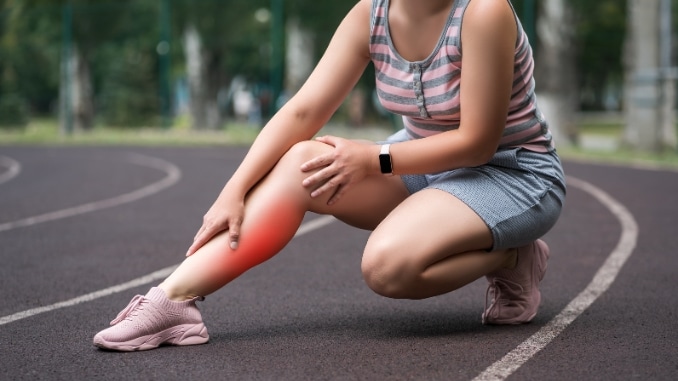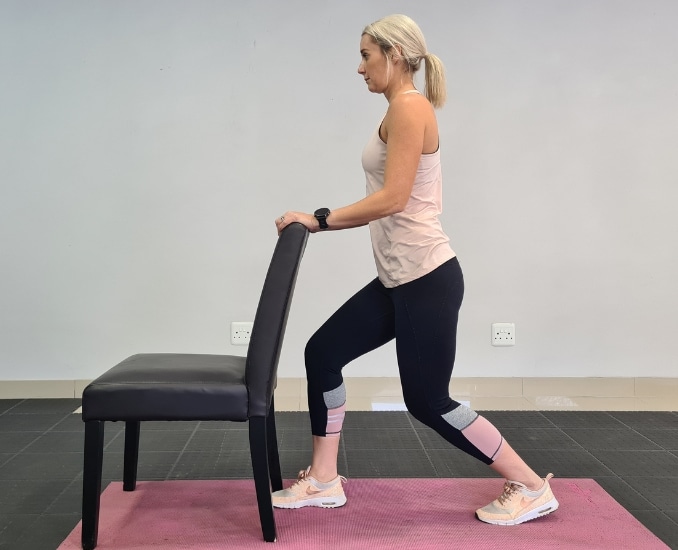Calf stretches keep these muscles strong for everyday activities like walking and climbing stairs, preventing injuries and improving flexibility. This article explains their importance for everyone, shows how to stretch correctly, and highlights the benefits of maintaining healthy calves to move better and reduce injury risks.
Understanding the Gastrocnemius Muscle
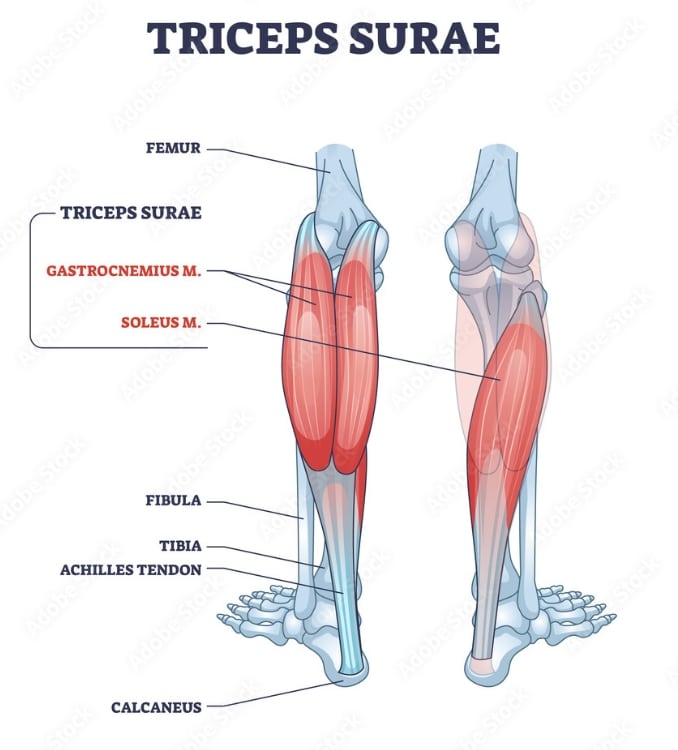
The calf muscle [1], which includes the gastrocnemius and soleus muscles, is key for ankle movements like bending and pointing your foot. It’s vital for walking, running, and climbing stairs.
Calf stretches are essential yet often overlooked. They keep your calves flexible, helping prevent injuries like strains and tendonitis by maintaining proper ankle movement. Regularly stretching your calves enhances mobility, increases blood flow, and reduces soreness, making your legs healthier and more prepared for physical activity.
The calf muscle, located at the back of the lower leg, is primarily made up of two muscles:
- Gastrocnemius muscle: The gastrocnemius is the larger, outer calf muscle visible under the skin. It has two parts and bulges out, helping to bend the knee and point the toes down.
- Soleus: The soleus muscle is under the calf muscle, long and flat, and attaches below the knee. It helps point the toes down and is key for standing and walking because it supports posture and balance.
Calf muscles help you stand, balance, and walk. As you age, they can stiffen, reducing ankle movement and increasing your risk of falling. Stretching keeps them flexible, improving your stability and mobility.
A study found that older women who stretched their calf muscles [2] for eight weeks had longer, more flexible muscles. This made activities like walking and climbing stairs easier. Regular stretching improved their daily physical performance.
The Essential Benefits of Calf Stretches for Tight Calf Muscles
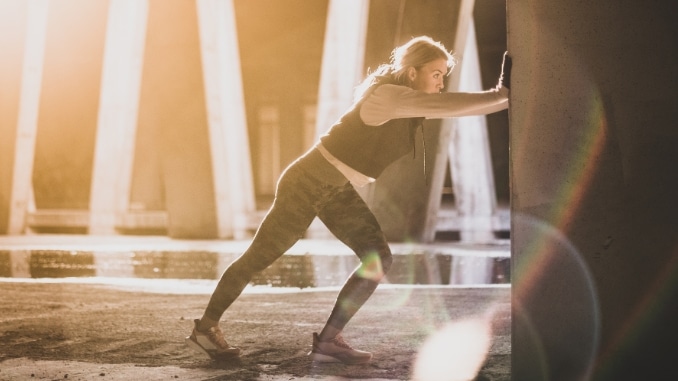
1. Improve Flexibility
Regular calf stretching makes your muscle fibers more flexible, giving your ankles a wider range of motion. This helps with activities like walking, running, and jumping.
2. Reduces Injury Risk
Tight calves can increase the risk of muscle strains and Achilles tendonitis. Stretching these muscles loosens them, reducing tension and injury risk during activities.
3. Enhances Muscle Recovery
Stretching your calf muscles after exercise helps reduce soreness and stiffness. It also improves blood flow, speeds up recovery, and removes waste from the muscles.
4. Prevents and Alleviates Achilles Tendon Pain
Calf stretches can ease pain from conditions like plantar fasciitis or shin splints. Stretching lengthens the calf muscles, which helps relieve pressure and discomfort.
5. Supports Daily Activities
Having flexible, well-stretched calf muscles makes walking and climbing stairs easier and less tiring.
How can Calf Stretches Improve Flexibility?
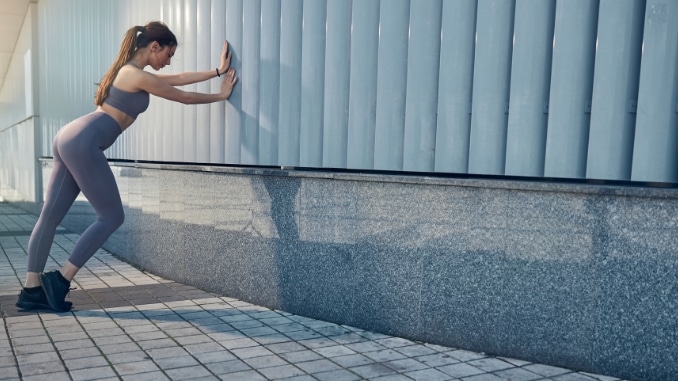
Calf stretches can improve flexibility by making the muscles in your lower legs longer and more flexible.
- Lengthening Muscle Fibers: When you stretch your calf muscles, you make them longer and more flexible.
- Making Muscles More Pliable: Regular stretching makes your muscles and tendons more flexible, helping you move more freely and easing joint movement.
- Reducing Tightness: Stretching helps loosen your muscles, improving your flexibility.
- Calming Muscle Reflexes: Regular stretching helps relax your muscles, allowing them to stretch further without tightening up.
- Improving Tissue Elasticity: Stretching makes your muscles and tendons more flexible and less stiff, like a rubber band that can stretch further.
- Preventing Stiffness: If you don’t stretch enough, your muscles can become stiff and less flexible. Stretching helps keep them loose and moving freely.
Here are five easy and effective calf exercises that you can include in your routine to enhance flexibility and strength:
1. Downward-Facing Dog
- Begin in a 4-point position with your knees below your hips and your hands beneath your shoulder.
- Tighten your abdominal muscles and push back with your arms straightening your legs as you lift your hips.
- Hold this position for several deep belly breaths in through your nose and out through your mouth.
2. Standing Calf Stretch
For this exercise, you can use the wall or the back of the chair for support if needed.
- Begin in an upright standing position facing a chair. Place your hands on the back of the chair for support.
- Step one foot back, keeping it straight with the heel on the ground, and bend the other knee forward.
- Maintain good alignment of your head, shoulders, and hips.
- Engage your core and gently lean into the chair, feeling a stretch in the calf of the extended leg.
- Hold this position for several deep breaths, in through your nose and out through your mouth.
- Slowly return to the starting position and repeat the movement on the opposite leg.
3. Runner’s Stretch
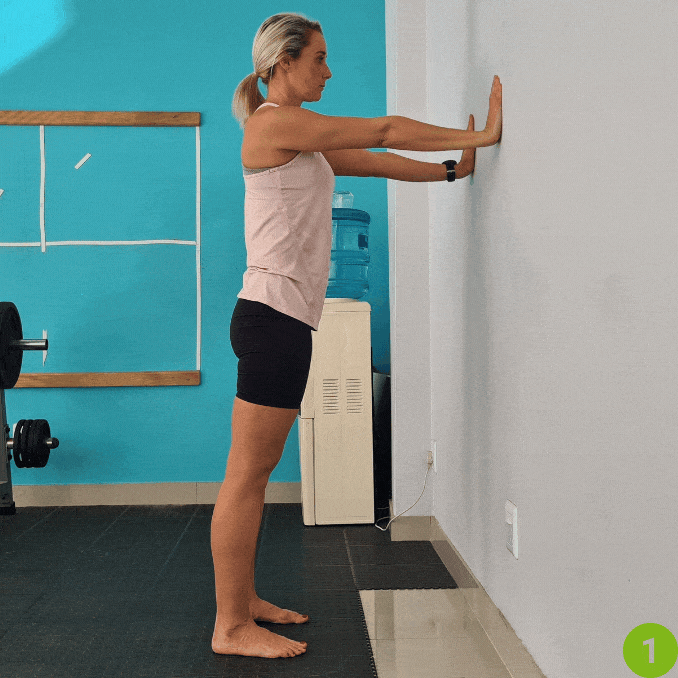
Utilize the use of a wall for this exercise.
- Begin in an upright standing position in front of a wall, maintaining good alignment with your head, shoulders, hips, and legs.
- Extend your hands and press them into the wall, take a step back with your right foot, then bend your front knee while keeping your back leg straight.
- Engage your core and press gently against the wall to deepen the stretch in the calf of your back leg.
- Hold the position for several deep belly breaths, in through your nose and out through your mouth.
- Relax and repeat the movement on the opposite side.
4. Seated Forward Fold
- Begin in an upright sitting position on the edge of the chair, with your knees bent and feet flat on the floor while maintaining good alignment with your upper body.
- Move your legs wider than shoulder-width apart.
- Engage your core and hinge through your hips to fold your upper body forward as you grab your elbows with your hands.
- Hold this position for several deep belly breaths, in through your nose and out through your mouth.
5. Calf Raise with Knee Bend
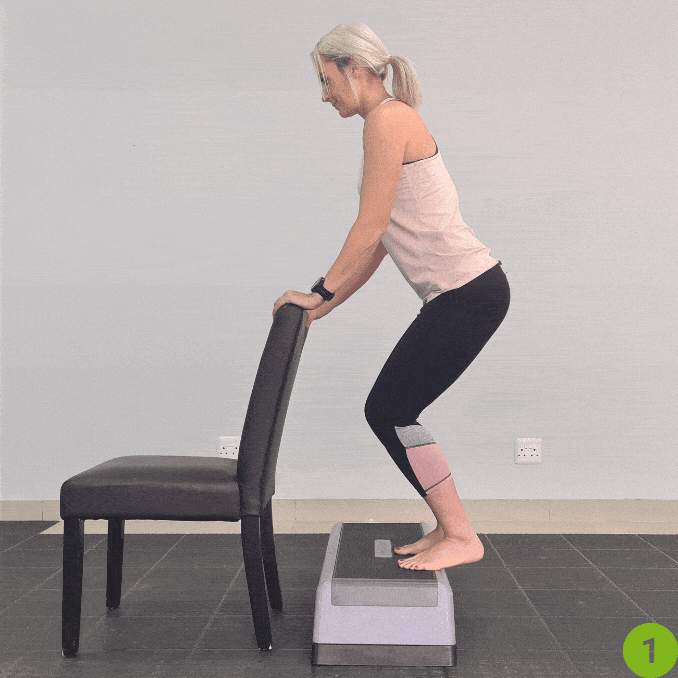
For this exercise, you can use the wall or the back of the chair for support if needed, as well as a plyometric box.
- Begin in an upright standing position in front of a chair with your feet hip-width apart, maintaining good alignment in your upper body.
- Place both hands on the back of the chair for support then step on the box and stand on it.
- Engage your core, bend your knees slightly, and lift your heels up.
- Hold the position for several deep belly breaths, in through your nose and out through your mouth.
- Lower your heels down to return to the starting position.
- Repeat the movement as needed.
Variation 1 – Single Leg Calf Raises
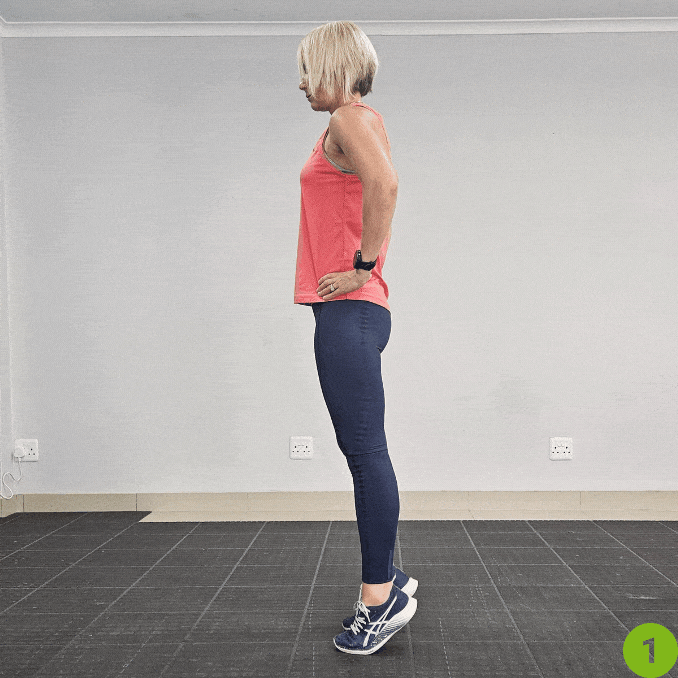
- Begin in an upright standing position with your feet hip-width apart, maintaining good alignment with your head, shoulders, hips, and legs.
- Place your hands on your hips.
- Engage your core and lift your heels off the floor then gently lift your right foot off the ground, bending the right knee.
- Shifting your weight onto your left foot while keeping the left knee straight.
- Hold the position for a couple of seconds feeling the stretch and contraction in the calf of your left leg.
- Slowly lower your left heel back to the floor, along with your right leg.
- Repeat the movement for several repetitions before switching to the other leg.
Conclusion
Calf stretches help improve flexibility, prevent injuries, and boost athletic performance. Great for athletes, runners, or anyone with a desk job, daily calf stretches are important for keeping your legs flexible and injury-free. Regular calf stretching can enhance your overall fitness.
Don’t condemn yourself to days of limping or lying around waiting for your lower legs to hopefully feel better. Unlock those tight muscles today, decrease your pain and stiffness, and help prevent future injuries! Check out this 10 Easy Movements to Loosen Tight Calves now!

